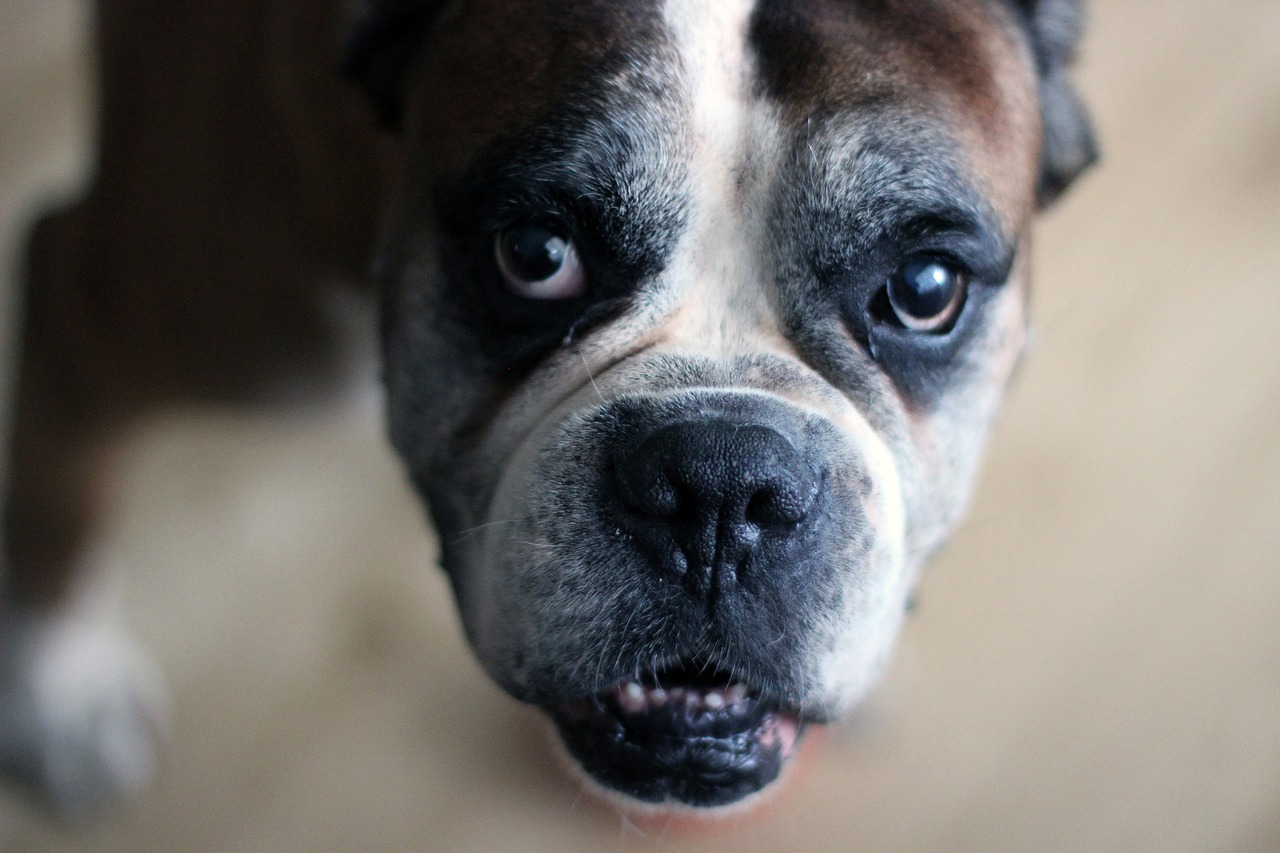Degenerative brain disease, or Cognitive Dysfunction Syndrome (CDS), is far more common than you may think. CDS is defined as a loss in learning, memory, and awareness. It results in varying stages of dementia.
A 2011 study performed in Australia found that 14 percent of senior animals had cognitive dysfunction but only 1.9 percent had been diagnosed. The older a pet lives to be, the more likely it is that he/she will develop signs of cognitive decline. By 15 years of age, 41 percent of dogs exhibit signs that are consistent with CDS. The prevalence in cats is even greater with 30 percent of cats 11 to 14 years old having signs of cognitive decline. By 15 years of age, the incidence exceeds 50 percent.

Pets often go undiagnosed because the changes are very subtle early on, but unlike normal brain aging in which there is a very gradual progression, CDS patients usually progress rapidly. Many pet owners and veterinarians fail to appreciate the signs until the disease is in its advanced stages. Most animals also have other diseases that make a definitive diagnosis of CDS difficult. As in humans, CDS is easier to treat in its early stages.
The physical changes in the brain include loss of neurons, beta amyloid plaques and oxidative damage. Symptoms of CDS may include confusion, anxiety, standing and staring, vocalizing and activity at night when the pet would normally sleep, urinating or defecating in the house, getting stuck in corners or becoming more antisocial.
Unfortunately, many diseases mimic these exact signs, so CDS is a diagnosis of exclusion. Everything else needs to be ruled out first. A cat crying at night or urinating outside the litter box is more likely to have hyperthyroidism or a bladder infection than CDS. A dog standing and staring could be in pain.
The goal for treating CDS is to improve life quality, which means addressing all the pet’s other issues as well as the cognitive changes. Improving behavior signs and slowing the progression of CDS is possible in some pets, especially early on. This disease cannot be cured, however, and all pets do progress eventually.

Slowing progression consists of changing the pet to an antioxidant-rich diet and fish oil. There are also several nutritional supplements that may benefit CDS. These include antioxidants such as SAMe, Cell Advance and Senilife. For pets that are up pacing and vocalizing at night, melatonin is an option as it promotes sedation. For anxious animals, Anxitane or Composure may be helpful in addition to antioxidants and fish oil. Use of any nutritional supplement should be discussed with your veterinarian prior to use, however.
Anipryl, a medication approved for use in the cognitive dysfunction of animals, should also be considered. Its active ingredient, Selegiline, is used to treat human dementia. Results are mixed and often temporary, but this medication may help for months or even years.
Integrative therapies exist for CDS as well. From an Eastern perspective, CDS is often a sign of too much yang energy trapped in the upper half of the body. This manifests as heat signs such as agitation, pacing or confusion, while the back half of the body, lacking yang energy, becomes weaker.

Failure of yang energy to descend can occur for many reasons, including a blockage in the middle of the body, weakening kidney Qi which fails to grasp the yang energy, deficiency of the blood so it cannot be carried there or stagnation in the liver. Integrative treatments may include herbal therapy and acupuncture in addition to antioxidants and diet changes.
Regular, low-impact exercise can be helpful as long as one is observant and stays within the pet’s physical limits. Mental games, like puzzle feeders or interactive activities with the pet owner, like training exercises, can slow cognitive decline. “If you don’t use it, you’ll lose it” could be said of our pet’s cognitive abilities, too. Interacting with pets in this manner also helps preserve the wonderful bond between pets and their owners.
If you are concerned that your pet is experiencing the signs of CDS, please schedule an appointment to discuss this with your veterinarian.
